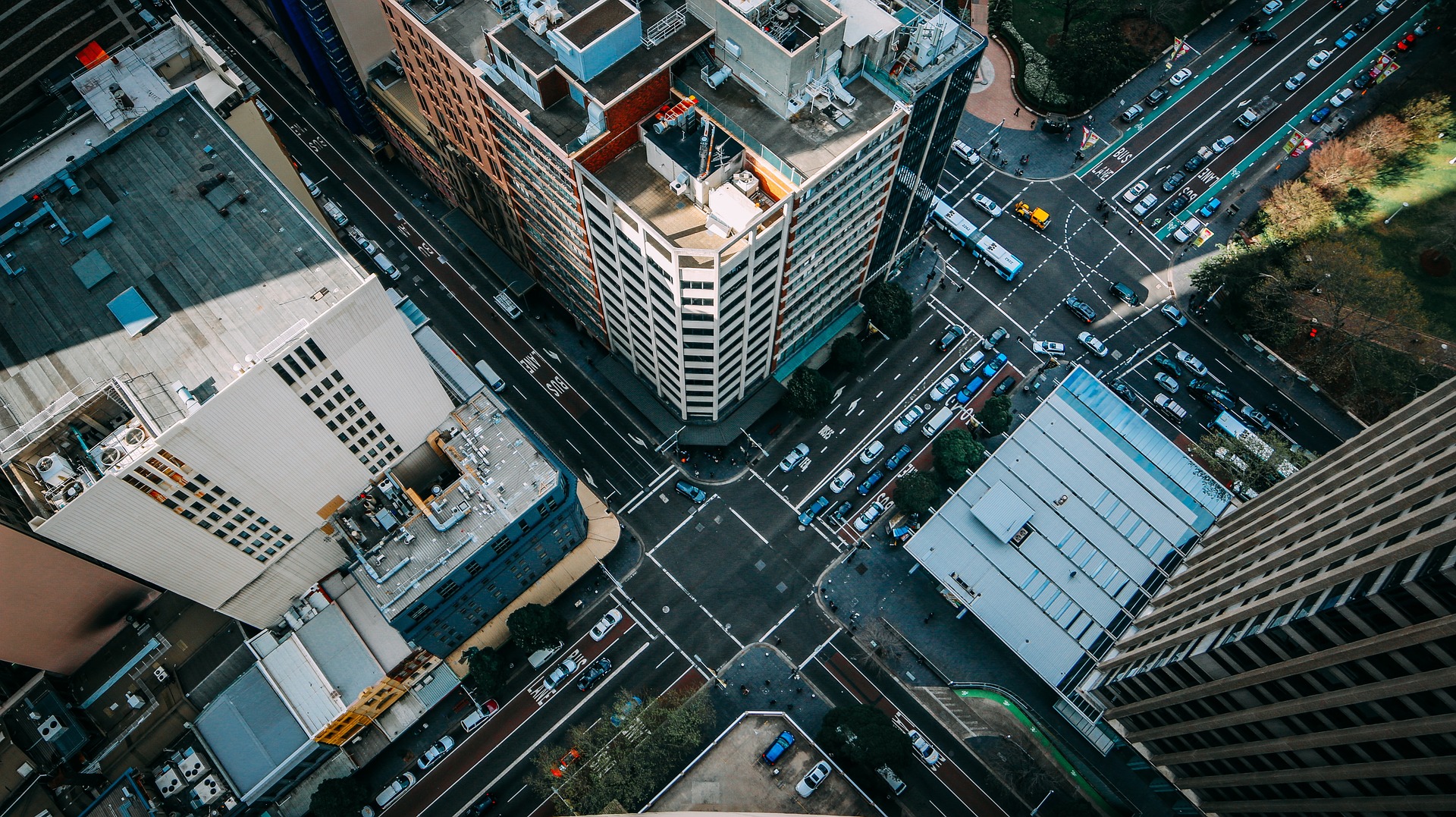
Road Infrastructure and improvements to preserve the environment
Road Infrastructure:
Infrastructure is the essential structure of different branches of society that provides value and benefit to our society. Specifically, road infrastructure focuses on our road transportation systems. This specific branch of infrastructure develops new methods and models on transportation, as well as developing new roads to help transport items. However, research has shown that the current road infrastructure can be hazardous to the environment.
Environmental Impacts:
In our transportation systems, we utilize automobiles and trucks to transport people and goods. It is both efficient and convenient to our society. However, our transportation systems have been proven to be harmful to the environment.
In most automobiles, gasoline is the primary source of fuel. Gasoline is produced from oil which is derived from petroleum. Petroleum is made of various hydrocarbons; basically hydrogen bonding with carbons that is found in the compound. Hydrocarbons make up the composition of various crude oils and other gases. The production of these compounds promotes the greenhouse effect by creating holes in the ozone layer. The ozone layer is essentially used as a shield against the UV rays generated by the sun. This then causes the radiation from the sun to ultimately warm up the surface, harming biodiversity.
With transportation, there is also the issue with our road systems. For instance, when we build roads, we use asphalt that has the potential to damage the environment. Since asphalt helps with the runoff system on the roads, it has the potential to introduce pollutants into the environment.
For instance, cars with a damaged engine may end up leaking motor oil. Thus, it has potential to contaminate sources of drinking water. There is also an issue with salting our roads. During winter, roads will usually be salted to prevent roads from freezing. This in turn can cause potential harm to biodiversity, especially aquatic biodiversity. Like with potential motor oil spills, salts can also traverse into aquatic habitats and cause dead zones due to high salt concentrations.
How it can be improved:
The solutions presented will address the issue of gas emission from cars, roads, and other feasible methods of transportation.
When looking at our automobiles, energy for the car is created by an engine. The fuel used to help generate work for the car to move consists of hydrocarbons. By an exhaust hose, the excess CO2 is expelled by the car. The most logical material to replace gasoline would be another material that has the ability to combust via air. Recently, there has been research on using organic material as an alternative for gasoline. Specifically, oil derived from plants may be used as an alternative to gasoline. While CO2 would still be produced regardless, it would be lower due to CO2 being used to cultivate the plants.
This method may be hard to implement since it would be more costly and require many plants to be harvested for their oil. That said, a more realistic approach would be to limit the usage of cars and utilize public transport. However with the current situation of social distancing, it may be difficult to use public transport. That said, we should now focus on driving less and not using a car when going to a place close by.
The result of doing this would decrease the amount of Carbon Dioxide that ends up in the atomsphere. The greenhouse effect would also gradually decrease and the ozone layer would be able to heal. This would then allow for the planet’s temperature to stabilize.
With the issue of salting roads and asphalt, it would still continue to be there in the long term. However, a potential solution to this would be to build better drainage systems near forests and bodies of water to prevent runoff and salts from entering the ecosystem. This may be expensive, but has potential to prevent hazardous agents from affecting the environment.

































Comments